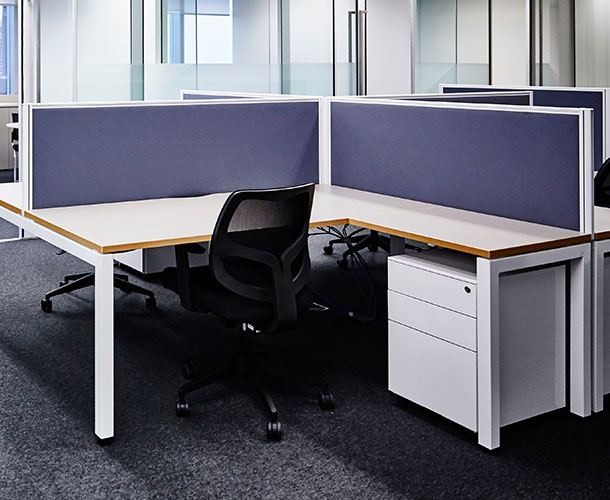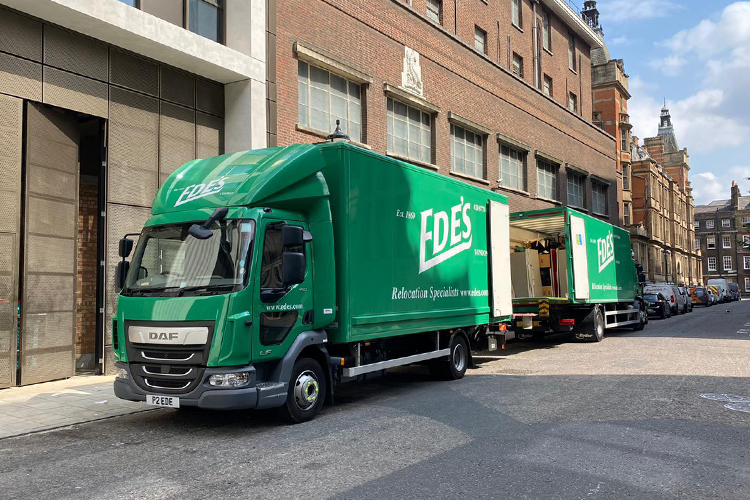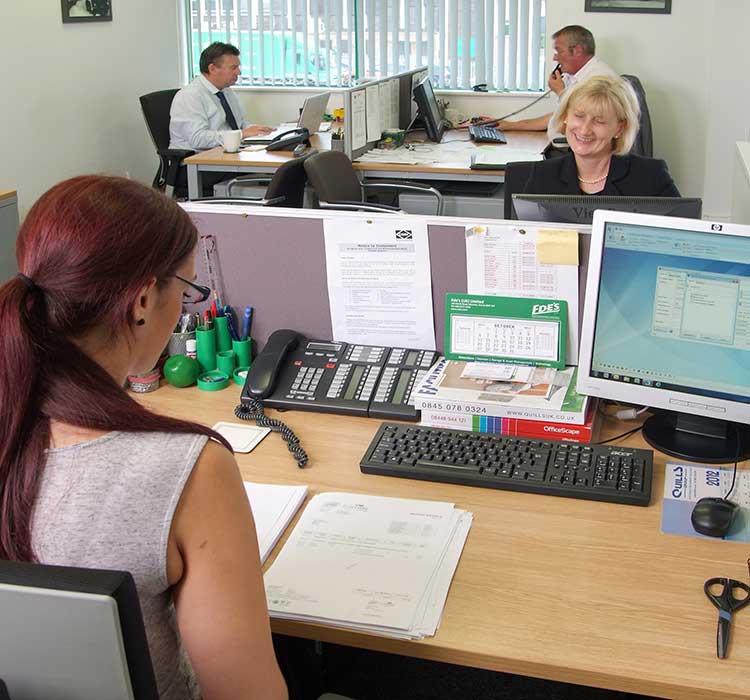In today’s environmentally conscious world, businesses are increasingly looking for green and sustainable solutions in all aspects of their operations. This eco-awareness should also extend to commercial relocations, as moving to a new office presents an excellent opportunity to implement eco-friendly practices and reduce the environmental impact of your business. With Ede’s, a leading commercial relocation, storage, and IT services provider, you can ensure a seamless and sustainable office relocation experience.
In this blog post, we will delve into various aspects of green and sustainable office relocations, including best practices for waste reduction, energy efficiency, and responsible procurement. We will provide practical advice and insights for businesses seeking to minimise the environmental impact of their move, ensuring a more sustainable future for their organisation.
Creating a Sustainable Office Design
Incorporating sustainability into your new office design is the first step towards a more eco-friendly workspace. Consider the following factors when planning your new office layout:
1. Material selection: Opt for sustainable and eco-friendly materials for construction, renovation, and furnishing, such as recycled or certified timber, low-VOC paint, and materials with a low carbon footprint.
2. Natural light: Maximise the use of natural light by positioning workstations close to windows and utilising glass partitions. This not only reduces energy consumption but also enhances employees’ mood and productivity.
3. Energy-efficient lighting: Install LED or energy-saving light bulbs, which consume less energy and have a longer lifespan than traditional bulbs. Consider integrating smart lighting systems with motion sensors to further reduce energy usage.
4. Green spaces: Integrate indoor plants and greenery into the office to improve air quality, enhance the aesthetic appeal, and increase productivity.
Minimising Waste During the Relocation Process
Reducing waste throughout the relocation process is essential for a green move. Consider these innovative solutions to minimise waste:
1. Reusable packaging: Select reusable packing materials, such as crates, to reduce waste generated by single-use cardboard boxes. Ensure that your relocation partner offers sustainable packing solutions or find a local rental service.
2. Inventory management: Perform a thorough inventory review before moving, identifying any items that can be repurposed, recycled, or donated to local charities. This reduces the volume of items to be transported, consequently reducing the packing materials and fuel consumption required for the move.
3. Decluttering and digitisation: Moving to a new office presents an opportunity to declutter and digitise physical documents, reducing paper waste and storage space requirements in the new office.
Incorporating Energy-Efficient IT Infrastructure
A key aspect of sustainable relocation is the planning and implementation of energy-efficient IT infrastructure:
1. Assess current systems: Evaluate the energy consumption of your existing IT systems to determine their impact on the environment and identify potential areas for improvement.
2. Virtualisation and cloud computing: Implement virtualisation and cloud computing technologies to reduce the amount of physical hardware required in your new office, decreasing energy usage and resource consumption.
3. Energy-efficient devices: When upgrading IT equipment, opt for energy-efficient devices with reduced energy consumption, such as ENERGY STAR-certified computers and servers.
4. Power management: Activate power management features on devices, such as sleep mode and automatic shut-down, to reduce energy consumption when the equipment is not in use.
Embracing Responsible Procurement and Employee Engagement
To further promote sustainability within your business, embrace responsible procurement and engage employees in green initiatives:
1. Responsible procurement: Select suppliers and service providers that prioritise environmentally and socially responsible practices, such as using recycled materials, implementing energy-efficient manufacturing processes, and ensuring ethical labour practices.
2. Employee education: Educate employees on the importance of sustainable practices and how they can contribute to a greener workspace through recycling, energy conservation, and waste reduction.
3. Green initiatives: Introduce green initiatives within the workplace, such as incentivising carpooling, providing reusable coffee cups, or establishing recycling stations, to encourage employee participation in sustainable practices.
4. Collaboration: Encourage employees and management to collaborate in the development and implementation of green strategies, fostering a sense of shared responsibility for sustainability within the business.
Conclusion
A green and sustainable office relocation not only benefits the environment but also contributes to improved employee wellbeing and long-term cost efficiency. By incorporating sustainable design elements, minimising waste, optimising IT infrastructure, and engaging employees, businesses can create a greener work environment and embrace their commitment to sustainability.
Partner with Ede’s, an experienced business relocation provider with a focus on eco-friendly practices, to ensure a successful and environmentally responsible relocation process. Trust our expert knowledge and comprehensive services to help your business achieve a greener, more sustainable future.
